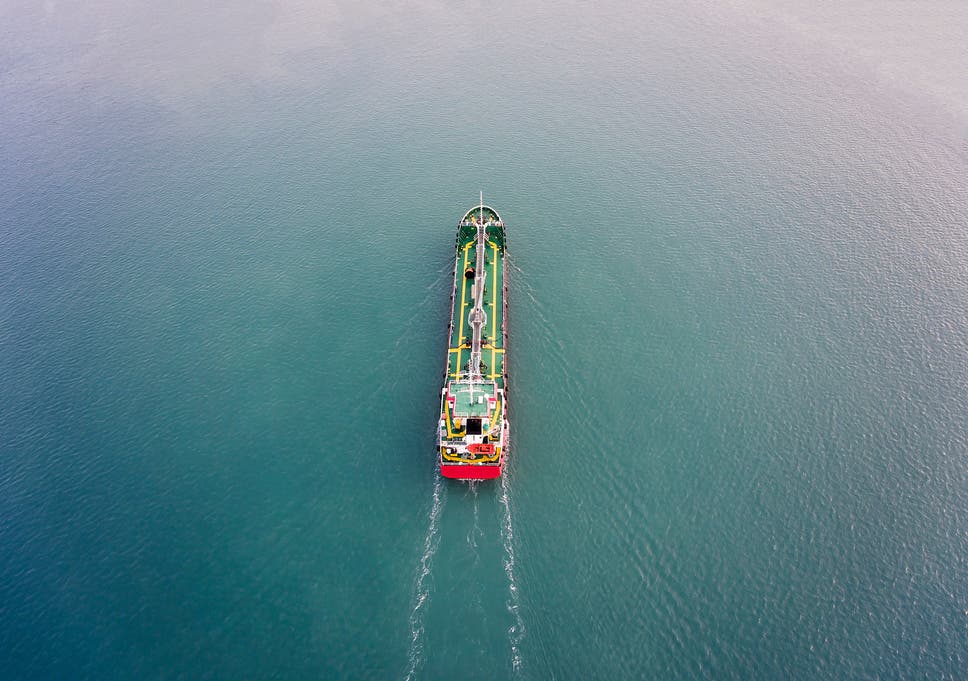
Mapping the seabed of all of the world’s oceans in their entirety by 2030 sounds like a ludicrously big job – but that is the incredible task facing the Seabed 2030 Project.
What is more surprising is that the team, which only began work in 2017, have this week announced they have now 14.5 million square kilometres mapped – almost a fifth of the world’s seabed.
Announcing the milestone on June 21 – World Hydrography Day – the team said total coverage had risen from 15 per cent of the world’s seabed, to 19 per cent in the last year.
The area mapped is now roughly the size of Australia.
Before the project was launched, just six per cent of the sea bed had been mapped to modern standards.
Jamie McMichael-Phillips, director of the Seabed 2030 Project, said the milestone was a “leap forward”, which could inform governments’ policies.
He said: “The sustained increase in data available to map the ocean floor will enable Seabed 2030 to play a leading role in delivering a comprehensive set of authoritative data that is freely available for all to use. This is a leap forward towards achieving our mission, by the year 2030, to empower the world to make policy decisions, use the ocean sustainability and undertake scientific research based on detailed bathymetric information of the Earth’s seabed.
“My thanks go out to all who have contributed data and technical expertise to bring together this new 2020 Grid. With the support of governments, industry, academia and philanthropy; and by using innovative technology, we anticipate availability of new data to grow on a yearly basis.”
He added: “It’s encouraging to see what working collaboratively, across the globe, can achieve. Seabed 2030 will continue to seek out new partnerships and technological advancements. Everyone has a part to play in contributing to our ocean mapping journey: a journey that will greatly benefit humanity.”
The project is supported by non-profit organisation the Nippon Foundation, as well as the General Bathymetric Chart of the Oceans – the only intergovernmental organisation with a mandate to map the entire ocean floor.
The chairman of the Nippon Foundation, Yohei Sasakawa, recently called for further collaborative activity to help accelerate the mapping of the ocean floor – these include supporting the mapping of unexplored areas, collecting data through crowdsourcing, and advancing technology for data collection.
The project coordinators said a complete map of the world’s oceans “will facilitate a heightened understanding of fundamental processes including ocean circulation, weather systems, sea level rise, tsunami wave propagation, tides, sediment transport, benthic habitat distributions and climate change.”
They said it would also help humanity conserve and sustainably use the oceans.







